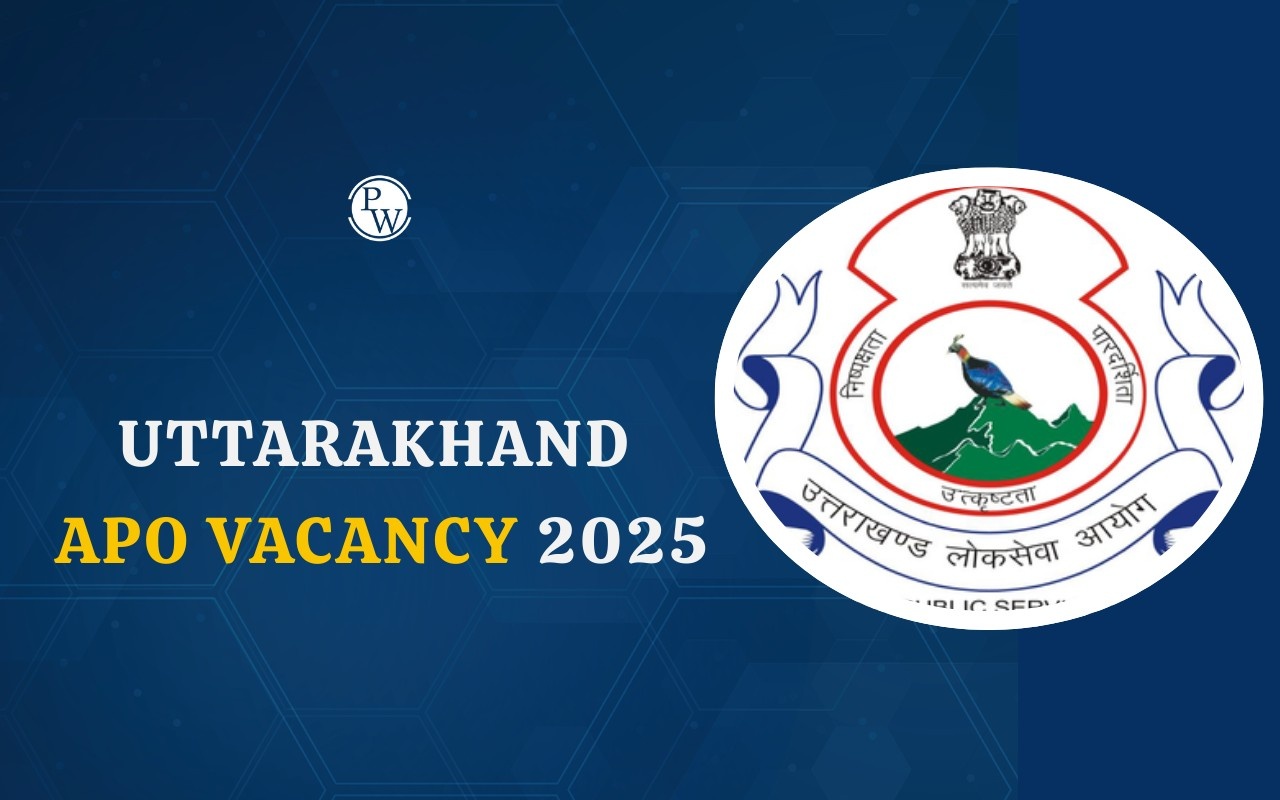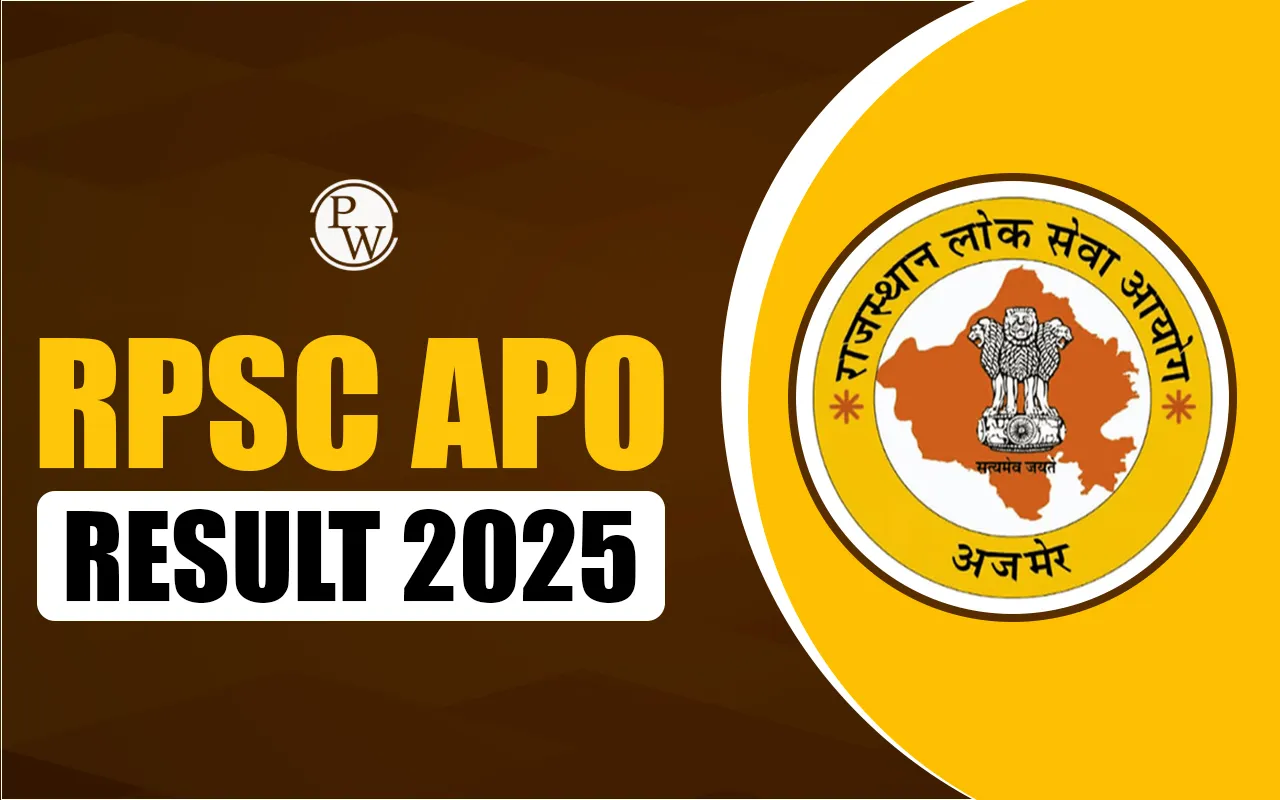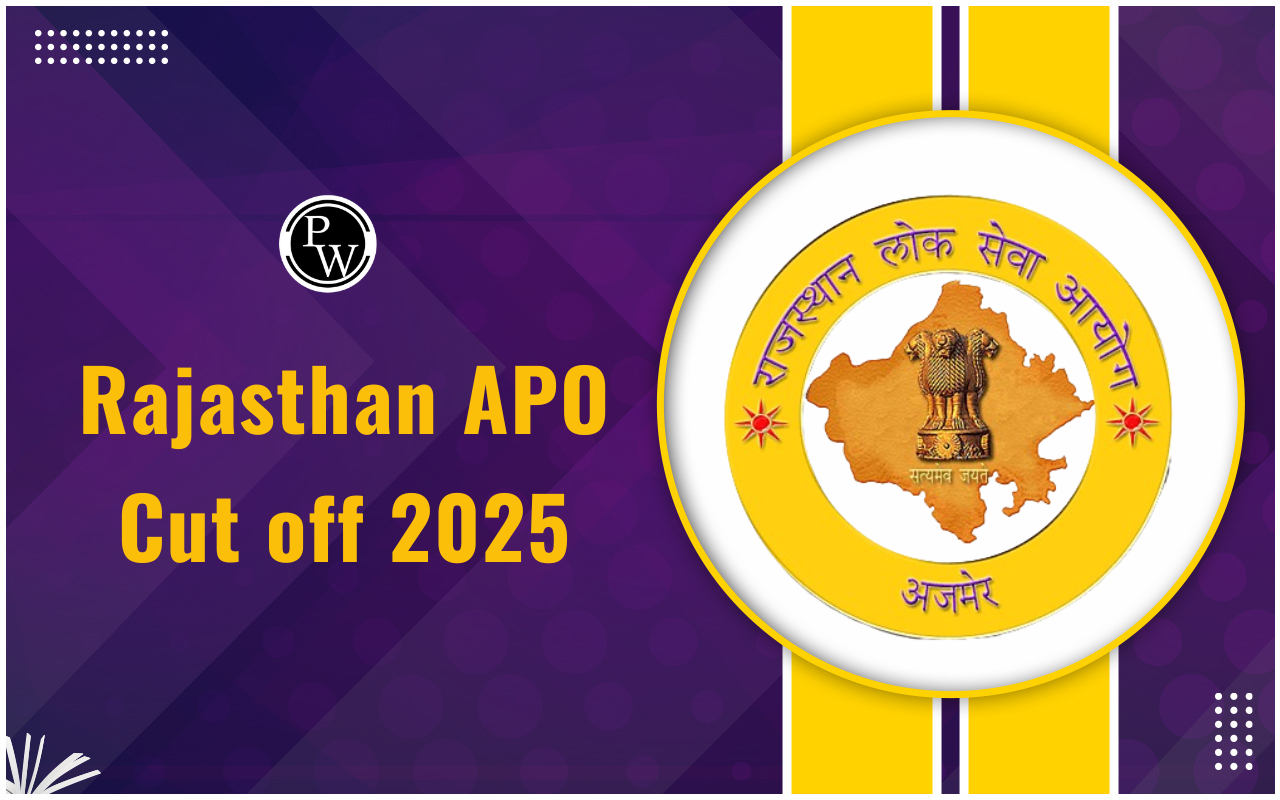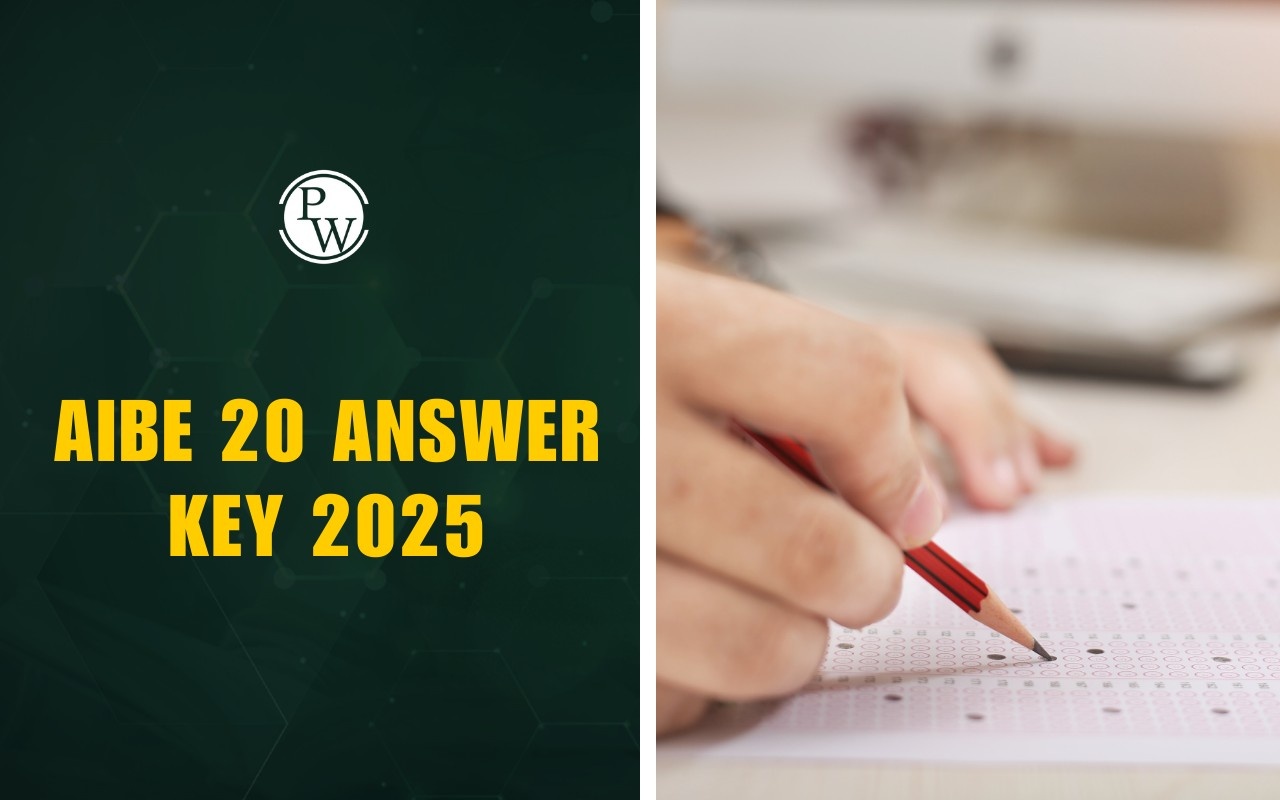
What is the Code of Civil Procedure 1908?
The Code of Civil Procedure 1908 (CPC) is a fundamental piece of legislation in India that governs the procedures for civil litigation. It established the framework for how civil cases are initiated, conducted, and resolved in the courts. Enacted in 1908, it outlines various aspects of the legal process, including the jurisdiction of civil courts, the requirements for pleadings, the rule for the conduct of trials, and the procedures for presenting evidence and examining witnesses. By providing a structured approach the CPC aims to promote justice, ensure fair trial practices, and enhance the efficiency of the judicial system in resolving civil matters.
Introduction of Code of Civil Procedure 1908
In India, the civil procedures varied between Provisional Courts in Mofussil and Crown Courts in Presidency towns before 1859. The first Code of Civil Procedure was introduced and enacted in 1859 to unify the civil procedure, but it was inconsequential since it excluded Sardar Diwani Adalats and Supreme Courts. To make 1859 applicable to them, the High Courts in Mumbai, Chennai, and Kolkata were established as per the Indian High Courts Act of 1861. However, due to its inadequacies, the Code of 1859 was replaced by the Codes of 1877 and 1882, which invariably also became ineffective. Finally, the Code of Civil Procedure 1908, was introduced, addressing previous defects and providing a comprehensive procedural framework.Purpose of Code of Civil Procedure 1908
The primary purpose of Code of Civil Procedure 1908 is to provide a structured and comprehensive framework for civil litigation in India, ensuring that justice is administered efficiently and equitably. The CPC established clear guidelines for the jurisdiction of civil courts, delineated the procedures for filing suits and presenting pleadings, and outlined the conduct of trials, including the examination of witnesses and presentation of evidence. Overall, the CPC serves as a foundational legal instrument that balances procedural rigor with the need for justice, fostering public confidence in the civil judicial system.Scheme of Code of Civil Procedure 1908
The Code of Civil Procedure 1908 is categorized into two parts, i.e., the body of the code and the schedules. The schedules include detailed rules for procedures, while the body is further divided into 11 parts containing 158 sections. Here is a tabular overview of the chapters and sections.| Contents | Sections | Particulars |
| Preliminary | 1-8 | Short title, Pecuniary jurisdiction, Definitions, Revenue Courts, Small Cause Courts, Subordination of Courts, Savings |
| Part I | 9-35 | Suits In General: Courts to try all civil suits, Res judicata, Court jurisdiction, Summons, Discovery, Foreign judgments, Stay of suit, Judgment and decree, Costs |
| Part II | 36-74 | Execution: Application to orders, Arrest and detention, Sale of land rules, Execution of foreign decrees, Legal representative, Transfer of decree, Property attachment |
| Part III | 75-77 | Incidental Proceedings: Letter of request, Power of Court to issue commissions |
| Part IV | 80-88 | Suits In Particular Cases: Notice, Exemption from arrest, Interpleader suit, Foreign States, |
| Part V | 89-93 | Special Proceedings: Public charities, Arbitration, Public nuisances |
| Part VI | 94-95 | Supplemental Proceedings: Compensation for arrest or injunction on insufficient grounds |
| Part VII | 96-112 | Appeals From Original Decrees: Appeals, High Court powers, Supreme Court appeals, Decision by multiple Judges, Second appeal |
| Part VIII | 113-115 | Reference, Review And Revision: Review, Revision, Reference to High Court, |
| Part IX | 116-120 | High Courts: Execution of decree, Unauthorized persons, Application of Code, Original civil jurisdiction |
| Part X | 121-131 | Rules: Effect of rules, Rule Committees, Publication of rules, High Court rule-making power |
| Part XI | 132-158 | Miscellaneous: Exemption from personal appearance, Language of Courts, Restitution, Court-fees, Arrest procedures, Affidavits, Inherent powers |
| First Schedule | Orders I- LII : Parties to suits, Execution, Death of parties, Suit withdrawal, Constitutional law, Military suits, Corporation suits, Issues settlement, Receivers, Appeals, Review, Affidavits, Judgment and decree, Miscellaneous, Chartered High Courts, Summary procedure, Arrest, Small Cause Courts Payment into Court, Costs, Commissions, Witnesses, Hearing, Frame of suit, Recognized agents, Service of summons, Pleadings, Written statement, Non-appearance, Examination, Discovery, Admissions, Production of documents, Government suits, Business suits, Trustees suits, Minors suits, Paupers suits, Mortgages, Interpleader, Special case, and attachment, Temporary injunctions |
Salient Features of Code of Civil Procedure 1908
The Code of Civil Procedure 1908 has several salient features that contribute to its effectiveness and utility in civil litigation. Some of the key features are as follows.
- Jurisdiction of Courts: It clearly defines the jurisdiction of civil courts, ensuring that cases are heard by the appropriate courts based on subject matter and value. The CPC delineates the territorial and pecuniary jurisdiction of district and high courts, ensuring that cases are assigned to appropriate levels.
- Pleadings: The CPC outlines detailed rules for pleadings, including the format and content required for plaints and written statements, promoting clarity and conciseness in legal documents.
- Summons and Service: The Code of Civil Procedure 1908 establishes procedures for issuing summons and serving documents to ensure that all parties are properly notified of legal actions. It includes personal delivery, registered mail, and publication in newspapers for parties whose whereabouts are unknown.
- Trial Procedure: The CPC provides comprehensive rules for conducting trails, including the examination of witnesses, presentation of evidence, and the roles of parties involved.
- Interim Orders: It allows for the granting of interim relief and temporary injunctions to protect the interests of parties pending the final decision of a case
.
- Appeals: The code details the processes for appeals against judgements, allowing parties to seek redress if they believe a decision is incorrect.
- Execution of Decrees: It sets out clear mechanisms for the enforcement of court orders and decrees, ensuring that judgements are effectively implemented.
- Amendment of Pleadings: The CPC permits amendments to pleadings, facilitating justice by allowing parties to correct errors or add necessary details.
Important CPC Terms
The Code of Civil Procedure 1908, was enacted during a period of significant legal reform in British India, reflecting the need for a comprehensive framework to govern civil litigation. It was enacted by the British colonial government and has undergone numerous amendments to address evolving legal needs and societal changes. It includes a wide range of disputes, such as.
- Contractual disagreements
- Property disputes
- Recovery of debts
- Tort claims (wrongs causing harm)
- Matrimonial disputes
- Inheritance matters
Enhancement of Code of Civil Procedure 1908
The Code of Civil Procedure 1908, has been amended multiple times to keep it relevant and effective, since its implementation. Some significant amendments are discussed below.
- 1976 Amendment
- 1999 Amendment
- 2002 Amendment
Judicial Precedents of Code of Civil Procedure 1908
The various landmark judgements by the courts have illustrated the evolving interpretation and application of the Code of Civil Procedure 1908, in India. The precedents set by these rulings continue to influence the administration of justice and the functioning of the legal system in India. Some notable cases are as follows.
- Kiran Singh and others vs. Chawan Paswan and others (1954)
- Daryo and others vs. State of U.P. and others (1961)
- Salem Advocate Bar Association, Tamil Nadu vs. Union of India (2005)
Code of Civil Procedure 1908 FAQs
How many times has the CPC been amended?
The Code of Criminal Procedure has been amended more than 30 times during 1909- 1976. It was amended in 1999 and 2002 through the Court of Civil Procedure (Amendment) Act, 1999, and the Code of Civil Procedure (Amendment) Act, 2002.
What is revision under CPC 1908?
The revision under CPC 1908 empowers the High Court in certain circumstances, to entertain a revision in any case decided by any subordinate court.
What is the limitation period for revision in CPC?
The limitation period for revision in CPC is 90 days. It applies to appeals, applications for revision and review under this Act.
What is the difference between appeal and revision under CPC?
There is a time limit to file an appeal, but no time limit for revision as long as it is filed within a reasonable time period. An appeal can be filed in a higher court, whereas only the high court can conduct a revision to ensure legal actions are followed.
What is the new name of the civil procedure code?
The new name of the CPC is the Code of Civil Procedure (Karnataka Amendment) Act, 2023.
🔥 Trending Blogs
Talk to a counsellorHave doubts? Our support team will be happy to assist you!

Check out these Related Articles
Free Learning Resources
PW Books
Notes (Class 10-12)
PW Study Materials
Notes (Class 6-9)
Ncert Solutions
Govt Exams
Class 6th to 12th Online Courses
Govt Job Exams Courses
UPSC Coaching
Defence Exam Coaching
Gate Exam Coaching
Other Exams
Know about Physics Wallah
Physics Wallah is an Indian edtech platform that provides accessible & comprehensive learning experiences to students from Class 6th to postgraduate level. We also provide extensive NCERT solutions, sample paper, NEET, JEE Mains, BITSAT previous year papers & more such resources to students. Physics Wallah also caters to over 3.5 million registered students and over 78 lakh+ Youtube subscribers with 4.8 rating on its app.
We Stand Out because
We provide students with intensive courses with India’s qualified & experienced faculties & mentors. PW strives to make the learning experience comprehensive and accessible for students of all sections of society. We believe in empowering every single student who couldn't dream of a good career in engineering and medical field earlier.
Our Key Focus Areas
Physics Wallah's main focus is to make the learning experience as economical as possible for all students. With our affordable courses like Lakshya, Udaan and Arjuna and many others, we have been able to provide a platform for lakhs of aspirants. From providing Chemistry, Maths, Physics formula to giving e-books of eminent authors like RD Sharma, RS Aggarwal and Lakhmir Singh, PW focuses on every single student's need for preparation.
What Makes Us Different
Physics Wallah strives to develop a comprehensive pedagogical structure for students, where they get a state-of-the-art learning experience with study material and resources. Apart from catering students preparing for JEE Mains and NEET, PW also provides study material for each state board like Uttar Pradesh, Bihar, and others
Copyright © 2025 Physicswallah Limited All rights reserved.
Get App









